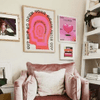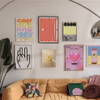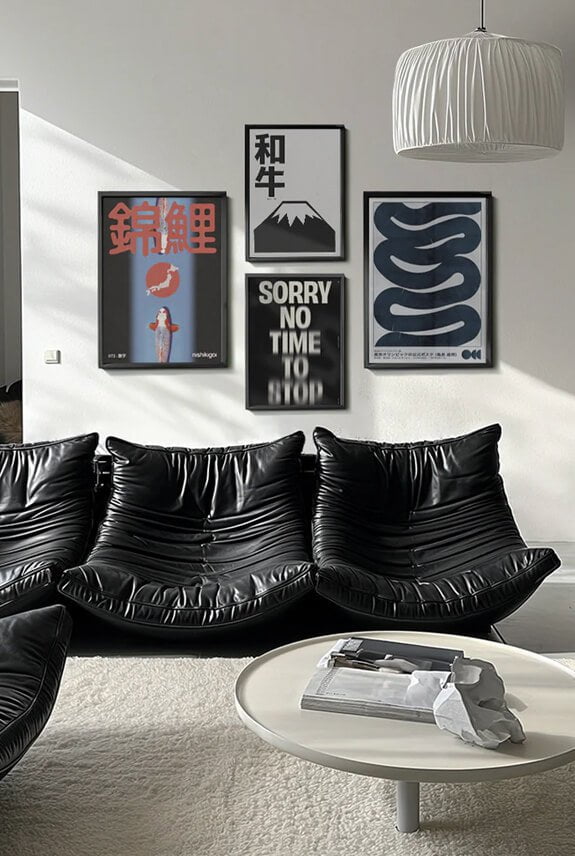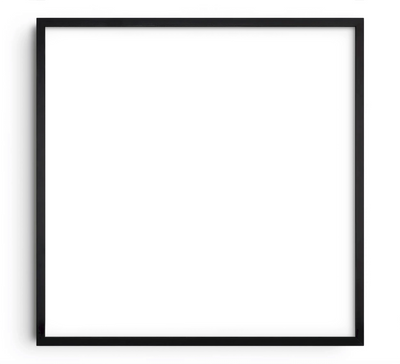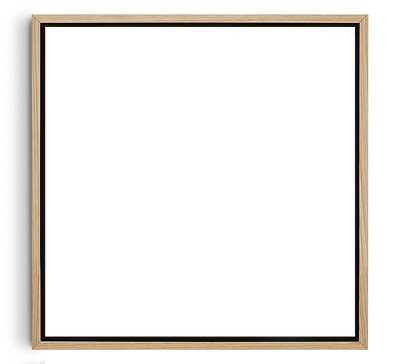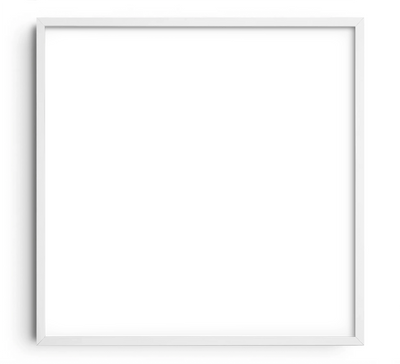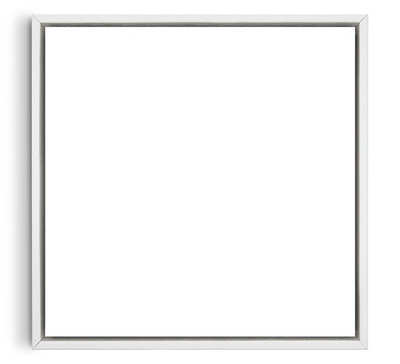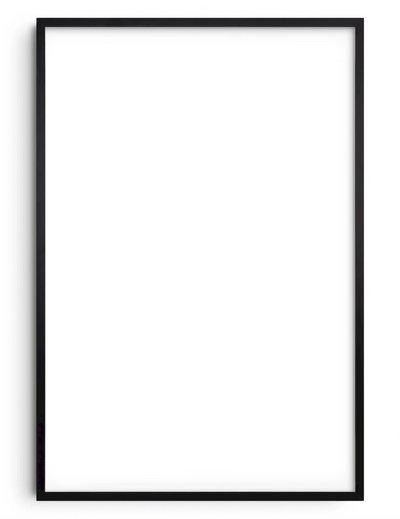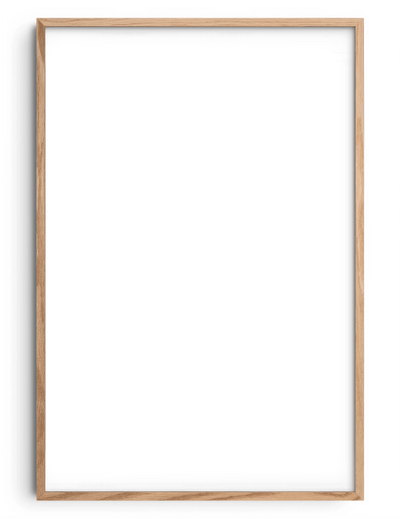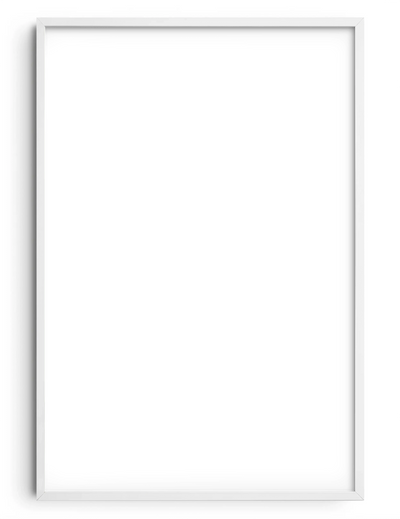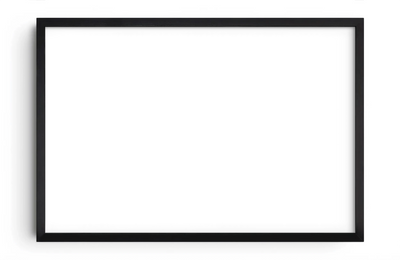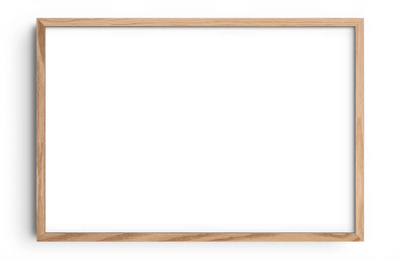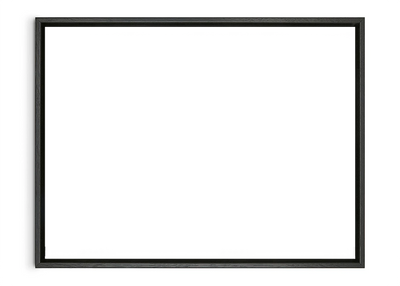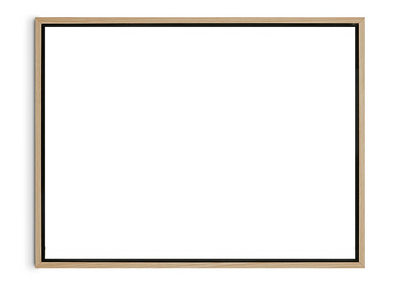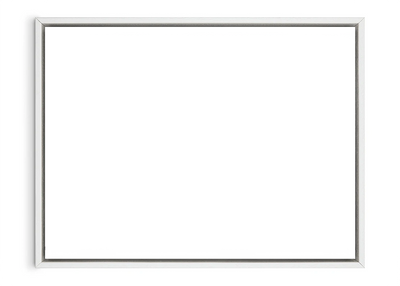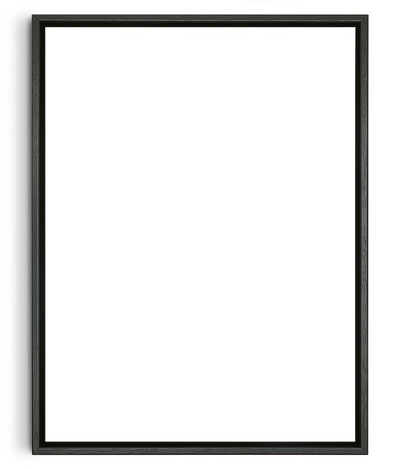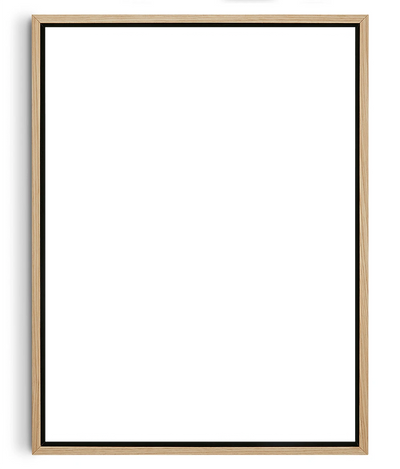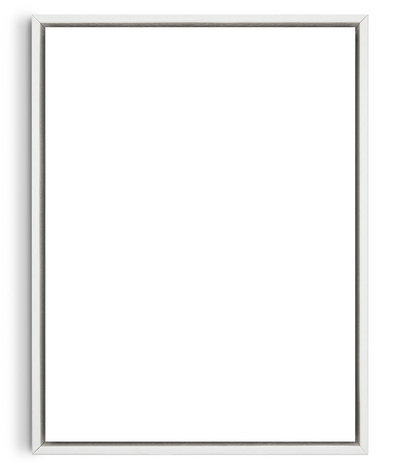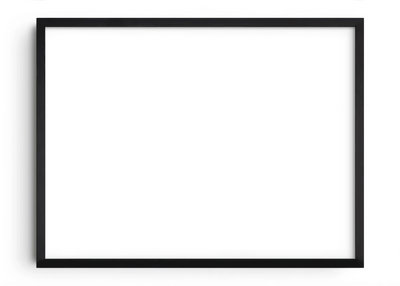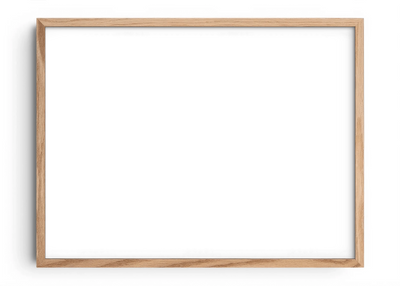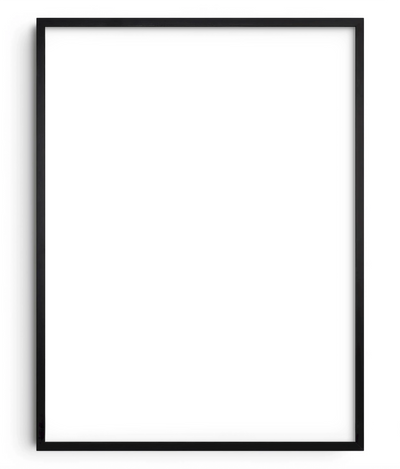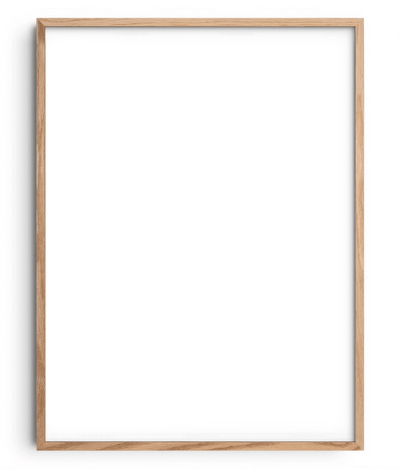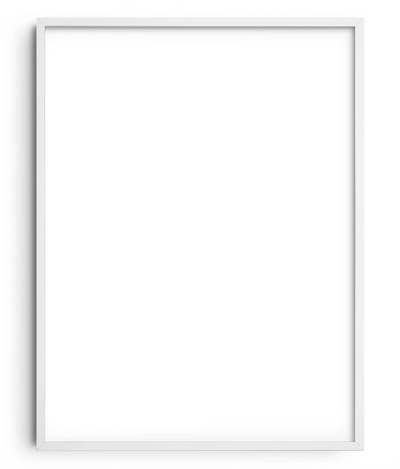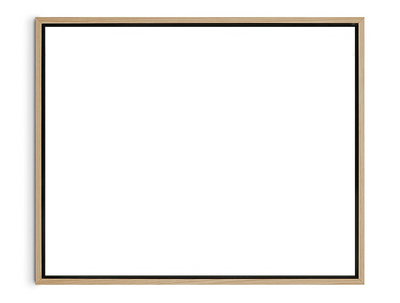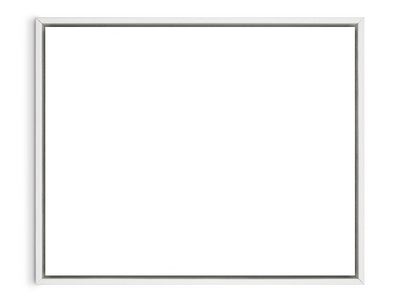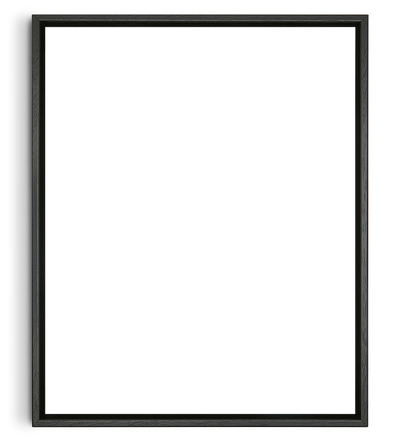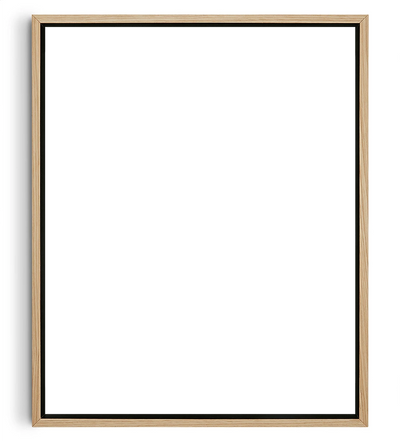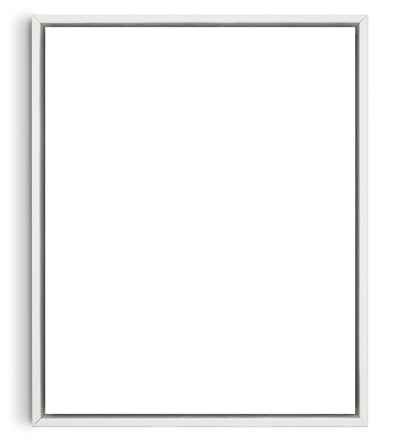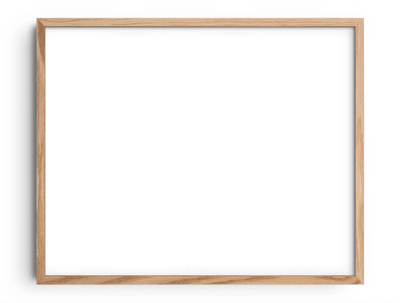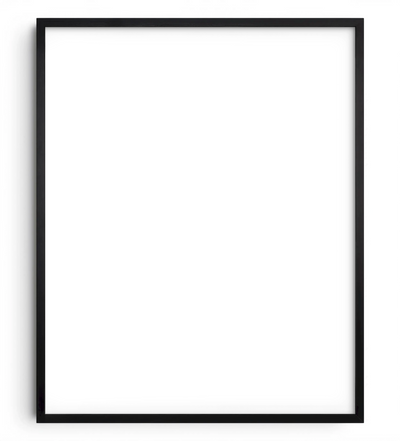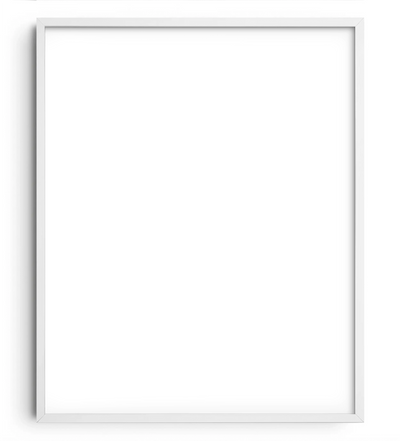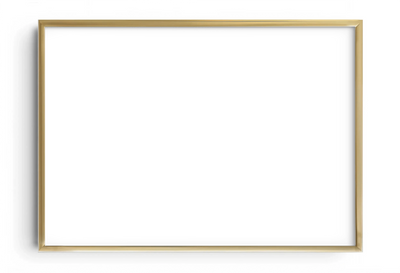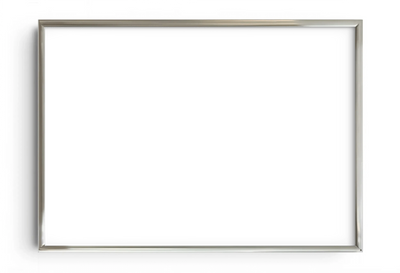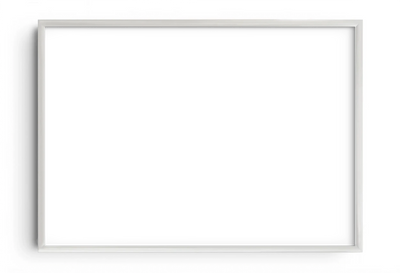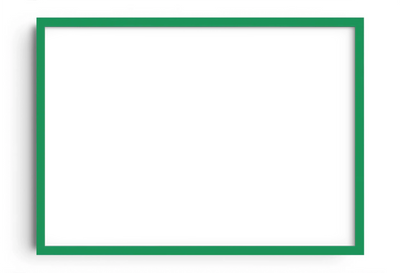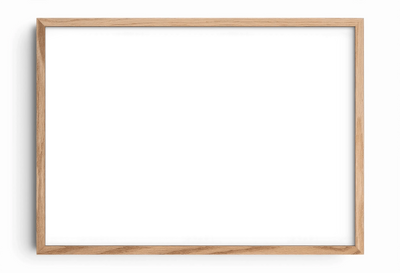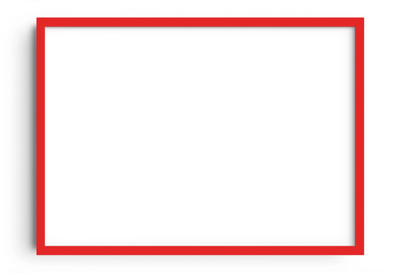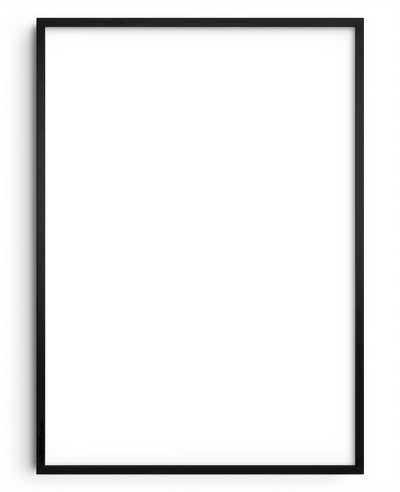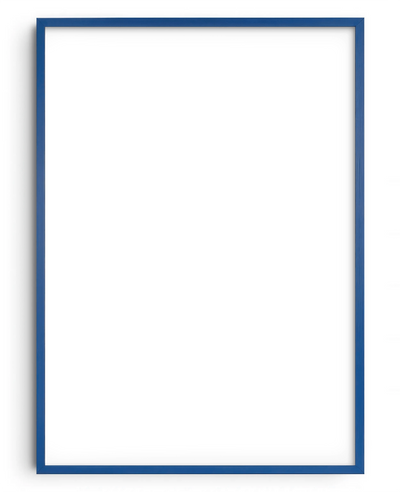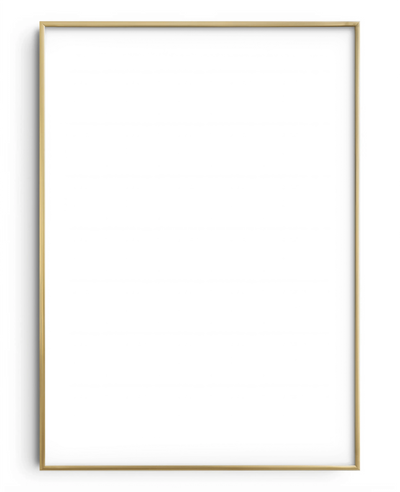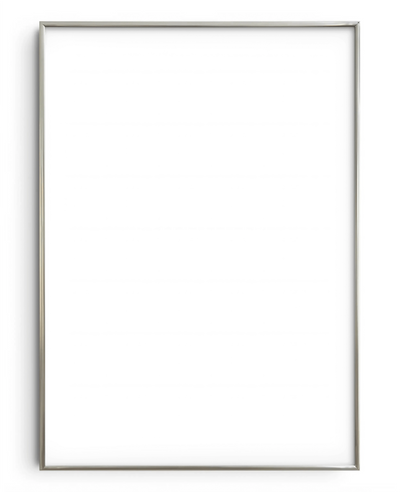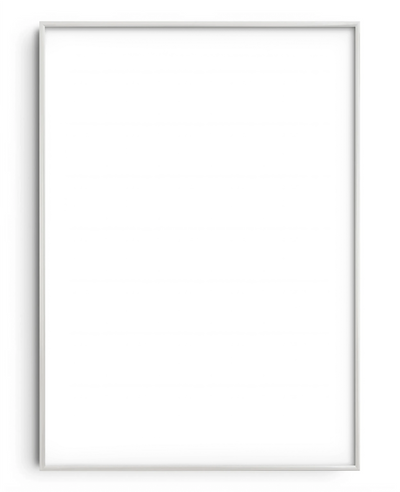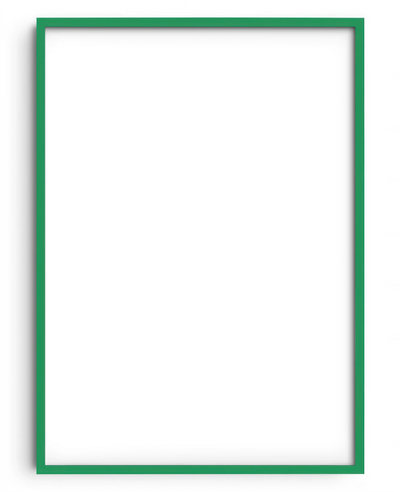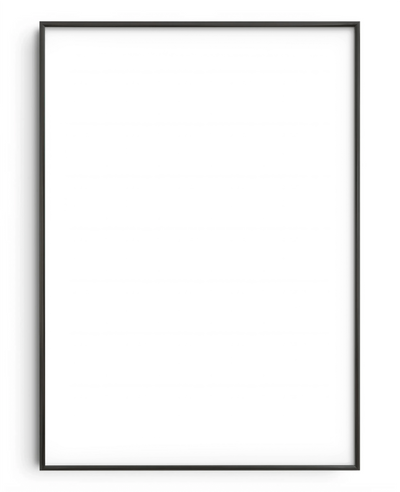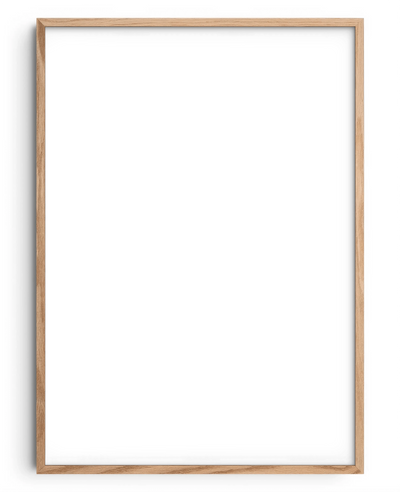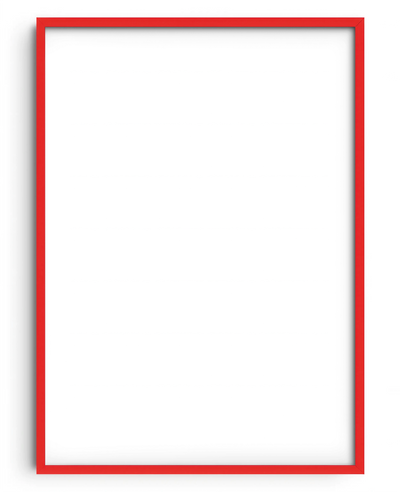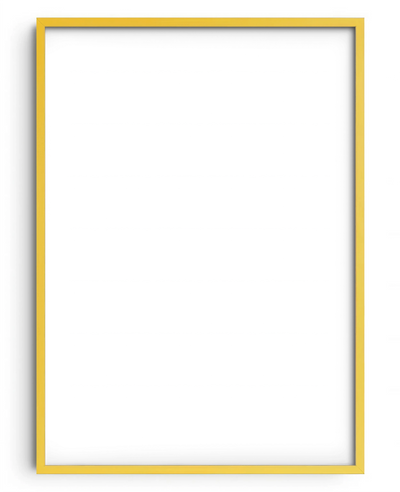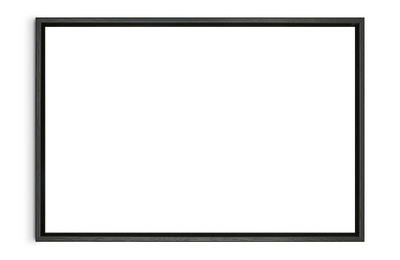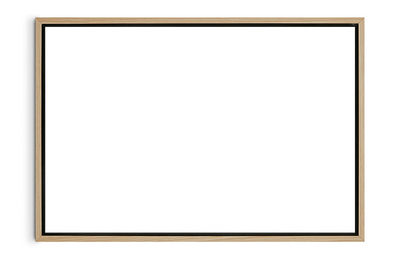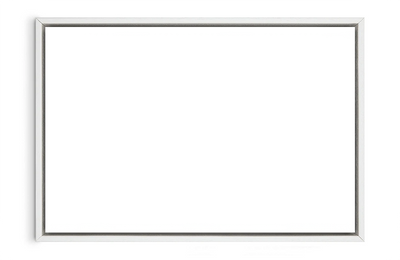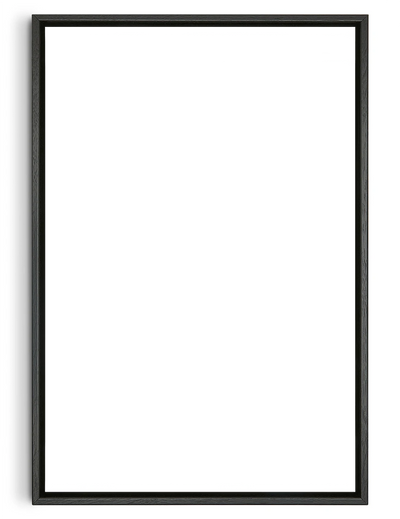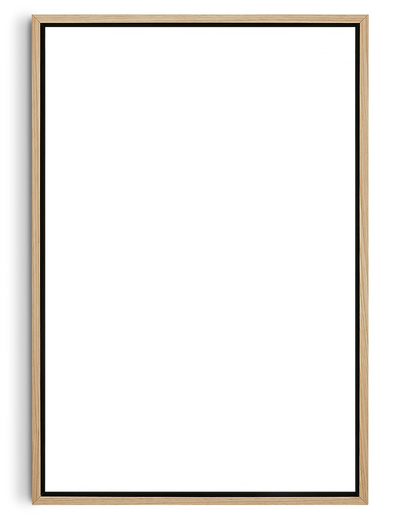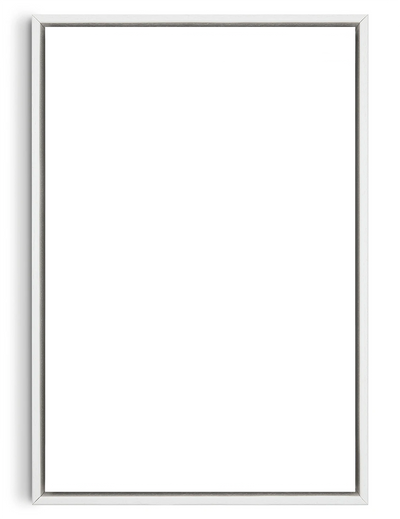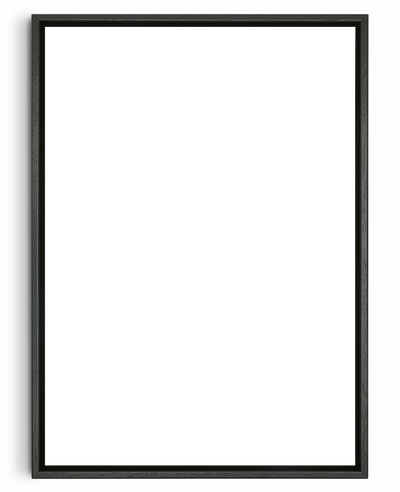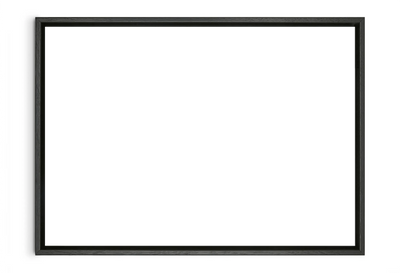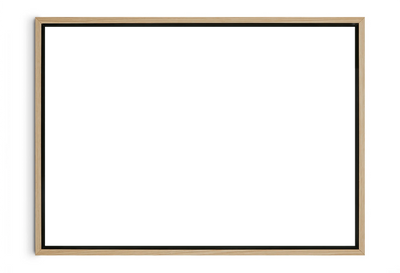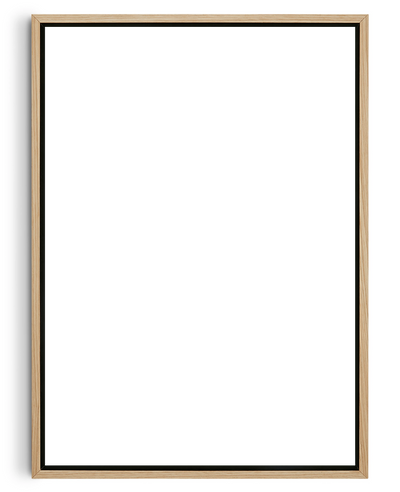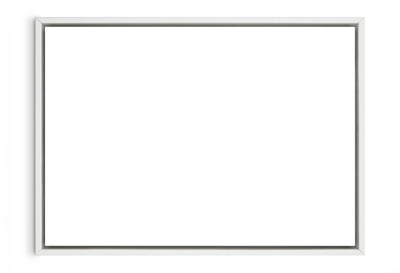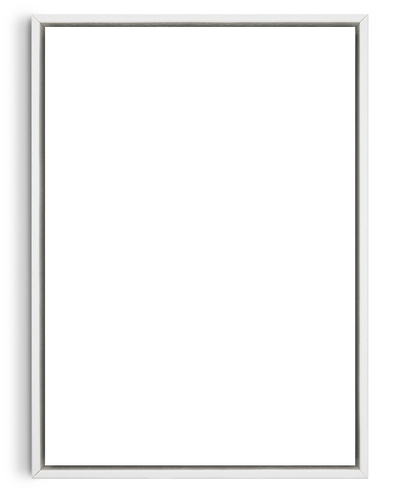Art has the power to awaken your creativity and transforms your home. But with so many choices and considerations, the process of buying art can send you crazy
Not only are you parting ways with your hard-earned cash, but there’s the added stress of selecting from a huge variety of mediums, artistic styles, sizes, colours (…the list goes on!). Which is why we’ve pulled this guide together containing tips and tools to make it as easy as possible. Because when you get it right, it’s bloody glorious!
Buy what you love
The absolute #1 top tip that needs to be at the forefront of your mind is - buy what you like. It’s that simple! If you see something and you’re not drawn to it, you don’t get an emotion or feeling from it or it doesn't represent your style or personality, it's good to ask yourself why you're buying that particular piece. It’s your money, your style, your home, your choice… so why get something that you don’t resonate with?
Many people select an artwork that complements an interior or matches their decor, and that’s fine. It’s good to involve these factors in your decision-making process. But we advise that you don't let this be the main factor. As imagine you move home or switch up your decor. The artwork you thought matched so beautifully may no longer look good, and then you'll be left with artworks you brought that you no longer want.
So choose something you love first and foremost!
Colour is important
Stats show that colour is the main thing people stress about when buying art. This is usually down to them wanting a colour that ties in with the look and feel of the room it’ll be displayed in. So people opt to match colours in the room to similar colours in the artwork..like in the photo below.
While coordinating colours is a perfectly acceptable method for selecting art, those that are happy to get a little more creative could experiment with contrasting instead of matching colours. Contrasting colours are those that are completely opposite, making them strikingly different from one another. Contrasts can work really well in an artistic sense and make an artwork pop.

One of the simplest forms of contrast is black and white, but the wheel below identifies many many more possibilities.
Get the size and scale right
Ask yourself, where do you intend your art print being placed. Do you want a statement piece? or something more subtle like a hand-drawn cartoon? As a statement piece could look great large scale above a fireplace to create a focal point in the room, whereas a minimal hand-drawn artwork may work better in a hallway or above a sofa amongst a collection of other small artworks. So you want to start by identifying a potential space for the artwork and measuring it. People who skip this step often end up buying artwork that is too small… it’s pretty common! Take for example filling the empty wall space above a sofa.
It’s suggested artwork should be around 2/3 the width of the sofa or bigger. The same goes for space above a bed. But, this doesn’t mean you can only buy big prints and posters. If you like an artwork and it’s only available in a size that's smaller than what you wanted, remember to buy what you love, so screw it, purchase it! It’ll still give you a great sensation every time you see it. And if the size ever did annoy you, you could just move it somewhere more suitable.
Another option is creating a gallery wall. This can be done by either pairing artwork or displaying multiple artworks together. In this case, think of the overall area they’ll occupy and follow the same guidelines.

Get creative and mix it up
Variety is what makes a room exciting and art can play a big part in this. So think about displaying art prints of different artists, colours, and themes to create a compelling collection. When used together in the same room they can complement each other in fun and unexpected ways. So when buying art, don’t get stuck in a rut – go nuts, mix it up.
Stop yourself from going crazy
If you find yourself going a bit mad because you found an artwork that you can’t stop thinking about but you’re uncertain if it’ll suit the room you have in mind, then selecting the right frame can be your saviour.
Conclusion
What matters ultimately when buying fine art prints or posters is that you buy something that resonates with you. It can complement the space, whether that’s through colour, size, scale, style or medium, but at the end of the day, it doesn’t have to. So don’t stress over it. Look for an artwork that draws you in, and don’t be overly clinical and worry too much about perfectly matching everything. If you’re thinking too hard or long about it, just relax, take a couple of deep breaths and go with your trusty gut.
Start your search today. Discover hundreds of truly unique and inspiring art prints in our online shop or get matched with art based on your taste with our art finder quiz






















